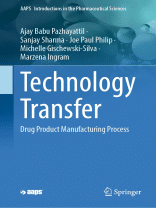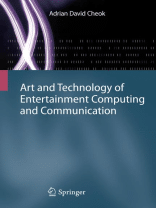Currently, there are no textbooks on drug product manufacturing technology transfer that incorporate the latest regulatory expectations. Recent guidance from regulatory bodies such as the US FDA, EMEA, WHO, and PIC/S has adopted the ICH Lifecycle approach harmonizing concepts across regulatory guidance. This allows organizations to align their technology transfer activities for all regulated markets. However, there is a need for consensus and direction in approaching technology transfer, particularly in understanding how to manage the scale-up effects to ensure regulatory compliance.This textbook offers technology transfer solutions and guidance to the pharmaceutical industry. The chapters provide a systematic understanding of applying the technology transfer concepts in pharmaceutical manufacturing, promoting standardization within the industry. Since Stage 1b is not specified in detail within the regulations, pharmaceutical organizations are left to determine the requirementsof the stage. The need to justify the methodologies and utilization of sound science makes it more demanding. The textbook’s authors provide innovative solutions for technology transfer challenges, making it a comprehensive reference document. The approaches can be applied to both small-molecule and large-molecule drug product manufacturing segments, addressing the unmet needs of the industry.

Ajay Babu Pazhayattil & Sanjay Sharma: Technology Transfer [PDF]
Currently, there are no textbooks on drug product manufacturing technology transfer that incorporate the latest regulatory expectations. Recent guidance from regulatory bodies such as the US FDA, …




Reviews
There are no reviews yet.